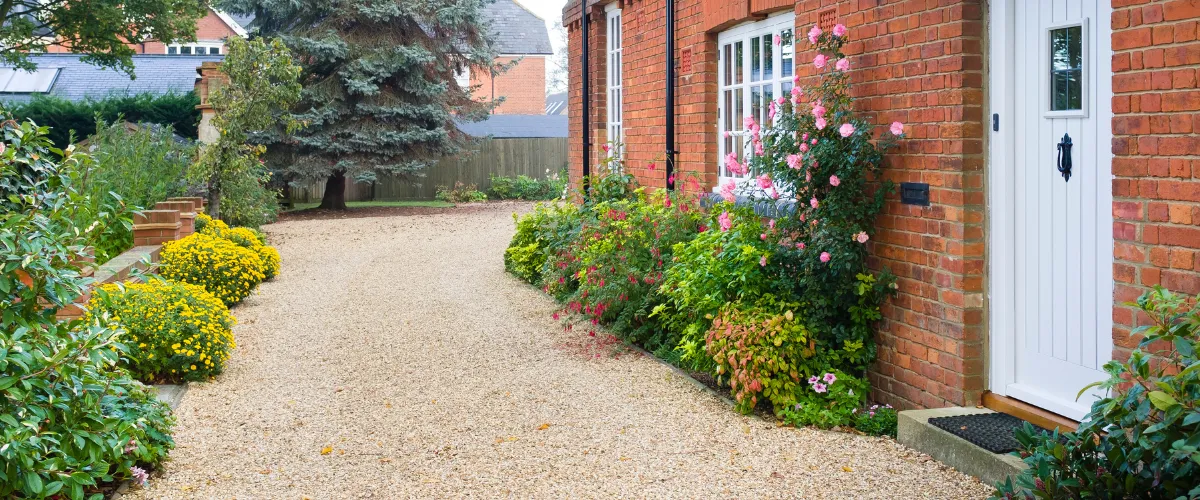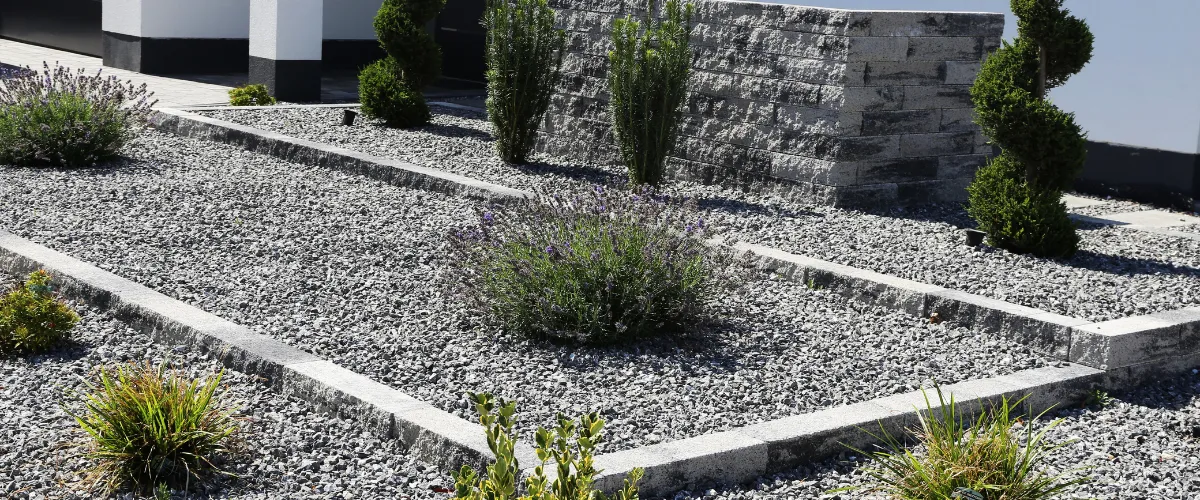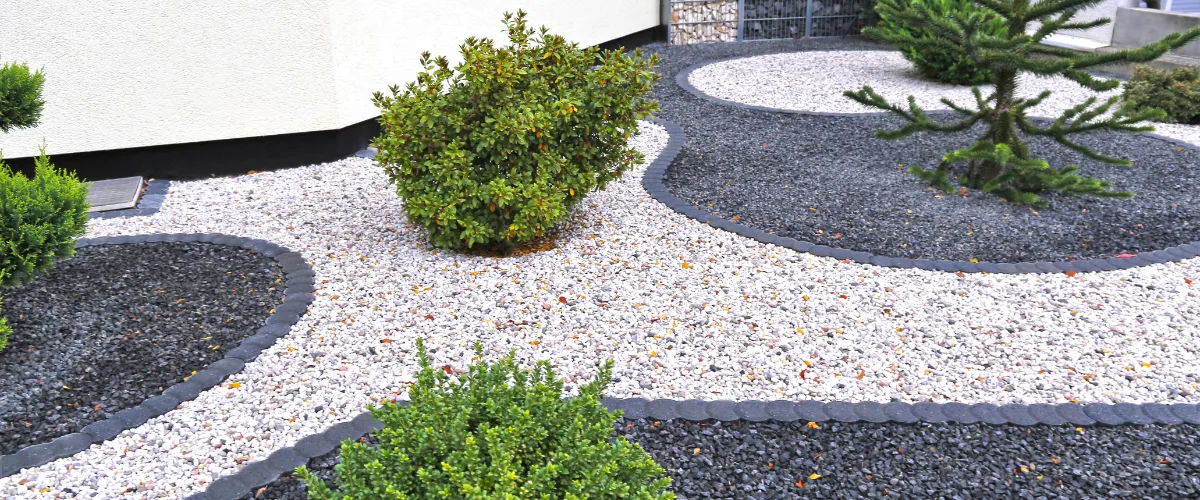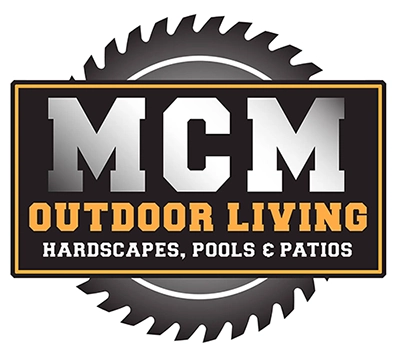Exploring The Diverse Types Of Gravel: A Comprehensive Guide

Types of Gravel
Pea Gravel
Pea gravel is small, round stones about the size of peas. People like it for paths and patios because it feels soft to walk on. It comes in different colors like gray, white, tan, and brown.
This makes it pretty for landscaping too.
It is good for drainage projects because water flows through easily. You can also use pea gravel around pipes or in flower beds. It stays in place well and does not get muddy.
Crushed Stone
Crushed stone is made from larger rocks that have been broken down. This process happens in a quarry where machines smash big rocks into smaller pieces. It comes in different sizes, from tiny grains to larger chunks about the size of a golf ball or bigger.
People use crushed stone for many things like building roads, making concrete, and improving drainage. Its rough edges help it lock together when pressed down, making a solid surface.
This type of gravel is also key for projects that need a stable base. For example, laying the foundation for a house or creating pathways in a garden often uses crushed stone as the first layer.
Because it’s strong and doesn’t shift easily once set in place, builders and landscapers rely on it to make sure their work lasts long and stands up well to wear and tear.
River Rock
River rock stands out for its smooth and rounded shape, which comes from years of water flow. These rocks are larger than pea gravel, often ranging in size from one to two inches in diameter.
They have a unique look that makes them popular for landscaping projects. River rocks come in various colors like gray, white, brown, and black. This variety lets people choose the perfect color to match their outdoor space.
People use river rock for paths, around garden beds, or by water features because it can handle moisture well. It is heavier than other types of gravel, which means it stays put better during heavy rain or wind.

Selecting the Right Gravel for Your Project
Factors to Consider
Selecting the right gravel for your project is key to its success. Here are important factors to think about:
Size of gravel – Smaller gravel, like pea gravel, is good for paths and patios, while larger stones fit well in landscaping.
Shape – Smooth river rock looks natural in gardens, but angular crushed stone locks together better for driveways.
Color – Choose a color that matches or contrasts with your home’s exterior and landscape.
Material type – Different types of gravel offer various levels of durability and maintenance needs.
Project location – High-traffic areas need tough gravel like crushed stone, while low-impact areas can use softer types like pea gravel.
Drainage needs – Some gravels manage water better than others, important for preventing flooding.
Local climate – Consider how weather patterns might affect the gravel’s look and stability over time.
Cost – Price varies widely by type, so balance your budget with your project’s demands.
Availability – Make sure the gravel you want is easy to get in your area to avoid extra shipping costs.
Installation requirements – Understand what kind of base and borders your choice of gravel needs to stay in place and look good.
Keep these points in mind as you pick out the perfect gravel for your project needs.
Matching Gravel to Project Needs
To pick the right gravel, think about your project. If you need gravel for a driveway, crushed stone is strong and lasts long. For gardens or paths, pea gravel is smooth and looks nice.
River rock works well in places with water, like around fountains.
Choosing the right type of gravel means thinking about the end use – whether it’s for beauty, durability, or function.

FAQs
Choose the Experts for Your Dream space
Gravel is a practical and attractive choice for many projects. Whether you’re designing a garden path, laying down a driveway, or improving drainage, selecting the right type of gravel is crucial for achieving your desired results. With proper care and maintenance, your gravel can look great and last for years to come.
Ready to bring your outdoor living space project to life with our industry experts? Contact us at (469) 583-6213 to get started.
